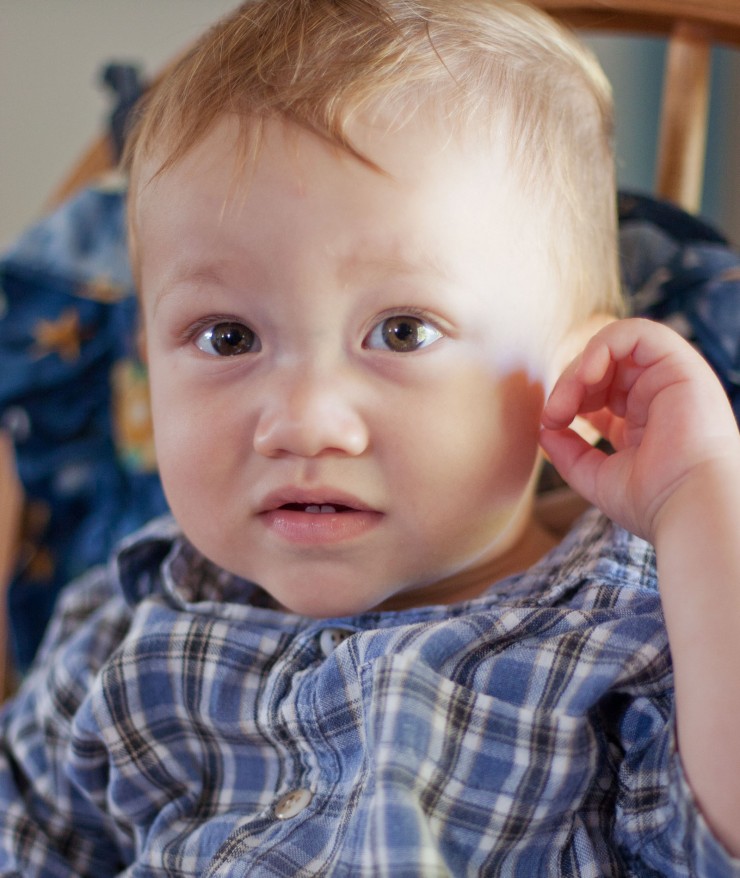Things You Should Know about Ear Infections
 Taking care of a sick child is nerve racking for all parents, but especially so for new parents. The runny nose, a sore throat, a tummy ache are all common childhood ailments, however nothing can be as trying as caring for a child with an ear infection. Ear infections can be difficult to detect before the onset of full blown symptoms and tough to get over as reoccurrence is quite common in infants and young children. Giving them their medicine, forgoing sleep, and providing 24/7 comfort can be exhausting. One bright light at the end of the tunnel is that most kids become less susceptible to ear infections by the time they reach three years old. Having the facts ahead of time can help ease some of the worry and frustration to help parents nurse their children back to health.
Taking care of a sick child is nerve racking for all parents, but especially so for new parents. The runny nose, a sore throat, a tummy ache are all common childhood ailments, however nothing can be as trying as caring for a child with an ear infection. Ear infections can be difficult to detect before the onset of full blown symptoms and tough to get over as reoccurrence is quite common in infants and young children. Giving them their medicine, forgoing sleep, and providing 24/7 comfort can be exhausting. One bright light at the end of the tunnel is that most kids become less susceptible to ear infections by the time they reach three years old. Having the facts ahead of time can help ease some of the worry and frustration to help parents nurse their children back to health.
Why do they occur?
It’s important to understand the basic anatomy of the ear. Behind the eardrum is the middle ear, which leads to the Eustachian tube that connects to the back of the nose and throat. The Eustachian tube’s job is to equalize pressure and provide a path for fluid to drain from the middle ear when necessary. Infants’ tubes are usually shorter, narrower, and less sloped therefore any swelling in the nose or throat area caused by a cold, sore throat, or allergies can block natural drainage causing increased pressure, fluid, and infection in the middle ear. For children who have chronic ear infections, it’s likely that they have a predisposition to them due to the makeup of their ear, nose, and throat anatomy.
What causes them?
The common cold and flu viruses cause most ear infections. Whereas a bacterial ear infection does require antibiotics in order for kids to get better, a viral ear infection does not because it usually gets better on its own within a week’s time. Remember that the American Academy of Pediatricians now encourages a wait and see approach, especially for children over two. This means treating the pain for 48 to 72 hours before taking your child into the doctor. Of course, each infection is different so seek medical care when you feel that is the best choice.
What to do to minimize and/or prevent them?
There are many things a parent can do to minimize or prevent ear infections. Breastfeeding can reduce a child’s susceptibility, with the most benefit garnered if done for the first full year of a baby’s life. Avoid putting infants to bed with a bottle as this promotes the onset of ear infections.
Other ways to stay clear of ear infections is to avoid smoking around your child. Keep the home and car smoke-free and limit exposure to second-hand smoke as well. Children who are in daycare tend to experience more infections as their exposure to other kids increases the likelihood of exposure to more germs. If at all possible, try to choose a daycare with a smaller number of children in attendance.
For parents, a child’s first year is exciting and precious, yet comes with its challenges too. Chronic ear infections can seem like a tall hurdle to clear. The best tool a parent can have on their side is patience.
